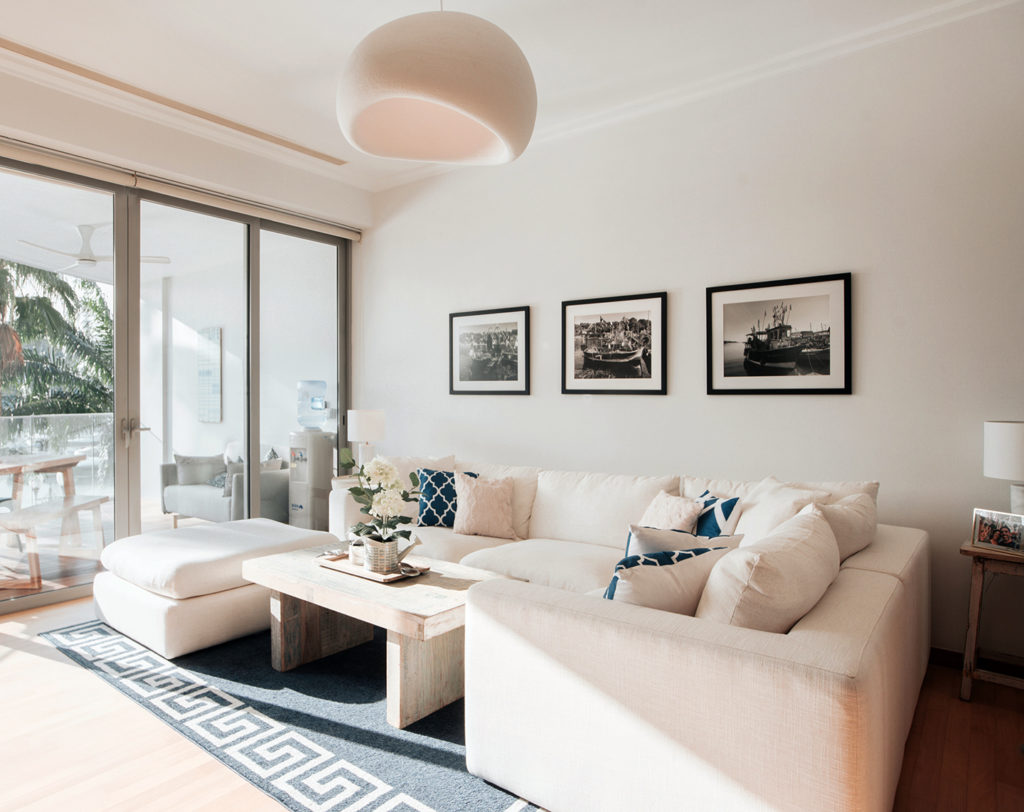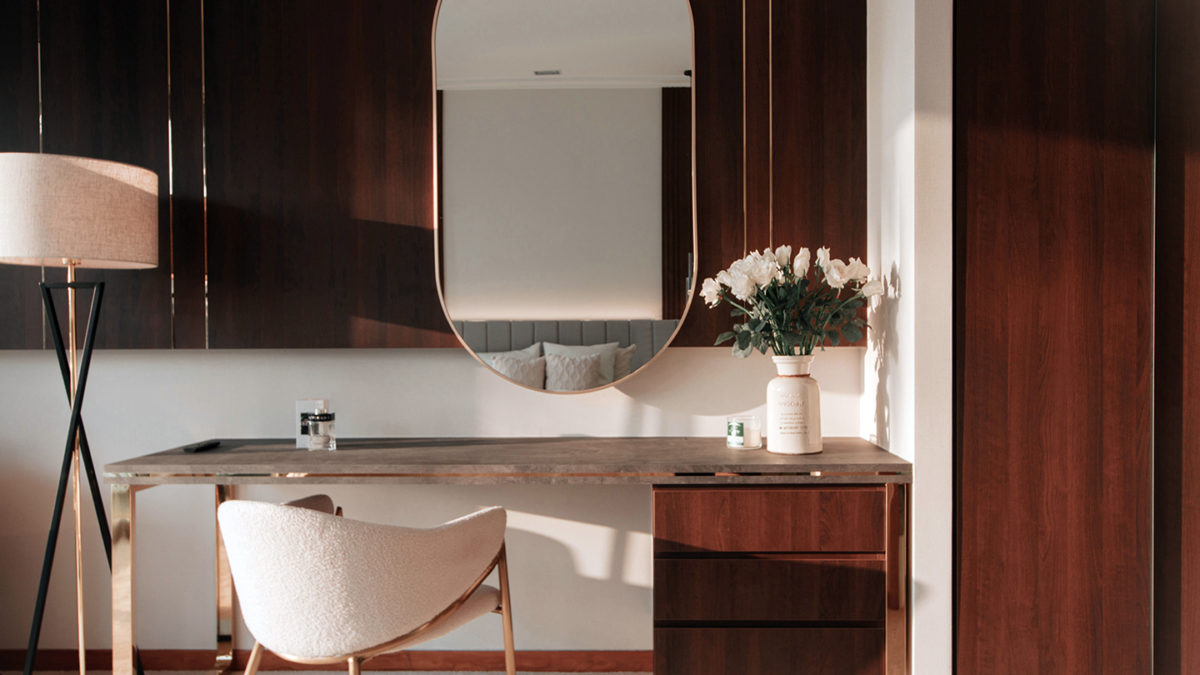In a world where interior design trends come and go, there’s something undeniably appealing about classic styles that stand the test of time. These designs embody grace, balance, and sophistication, creating a sense of harmony that feels just as fresh today as it did decades, even centuries, ago. Let’s explore the secrets of timeless elegance and the classic interior design styles that never go out of fashion.

1. Traditional Style: Refined and Rich in History
Rooted in European decor, the Traditional style is the epitome of timeless elegance. It is characterized by rich wood tones, detailed moldings, and classic furnishings with deep history. Think antique furniture, chandeliers, and sumptuous fabrics like velvet and silk. Symmetry plays a key role in traditional design—pairing items like sofas, chairs, and lamps in a balanced way to create a formal, yet inviting atmosphere.
Neutral palettes with deep accent colors like burgundy, navy, or emerald are commonly used in traditional design. Floral patterns, damasks, and ornate detailing on upholstery or drapery add a sense of luxury. What makes traditional style timeless is its emphasis on craftsmanship and enduring design principles.

2. Mid-Century Modern: Sleek and Functional
The Mid-Century Modern style, popularized in the mid-20th century, is still a go-to for designers looking to incorporate classic elements with a modern twist. Known for its clean lines, organic forms, and functional beauty, this style features simple, often geometric designs that prioritize comfort and practicality.
Materials like wood, leather, and metal are common, while bold pops of color (think mustard yellow, teal, or burnt orange) are used to contrast the minimalist approach. Furniture pieces with tapered legs and uncluttered surfaces are hallmarks of this design style. The enduring popularity of Mid-Century Modern lies in its simplicity and versatility, seamlessly blending into various contemporary spaces.

3. Art Deco: Glamour and Geometric Precision
Born in the 1920s, Art Deco is a style defined by luxury, glamour, and geometric shapes. It incorporates bold patterns, rich materials like marble, brass, and lacquer, and strong contrasts between light and dark. Art Deco is all about making a statement, whether through sleek furniture, mirrored surfaces, or ornate details.
Its timeless appeal comes from its ability to evoke a sense of grandeur and opulence without feeling excessive. Rich jewel tones, black and white schemes, and metallic accents are signature elements that have made Art Deco a style that remains relevant and stylish even today.

4. Rustic Charm: Cozy and Organic
For those who prefer a more relaxed, homey aesthetic, Rustic design offers a timeless approach to interiors. With a focus on natural materials and earthy tones, this style celebrates the beauty of raw wood, stone, and simple textures. Reclaimed wood furniture, exposed beams, and handwoven fabrics bring warmth and character to a space, making it feel cozy and inviting.
Rustic interiors are often inspired by country living, but they have a timeless charm that works well in urban environments too. By blending natural elements with vintage-inspired décor, you can achieve a look that is both timeless and comforting, without feeling outdated.

5. Victorian Style: Ornate Elegance
Victorian design, named after Queen Victoria’s reign, is known for its intricate details and opulent materials. This style embraces rich color schemes, like deep reds, dark greens, and purples, along with luxurious fabrics like brocade, velvet, and silk. Furniture in Victorian interiors often features curved shapes, elaborate carvings, and dark wood finishes like mahogany and walnut.
What keeps Victorian style timeless is its attention to decorative details. From intricately patterned wallpaper to grand chandeliers, this style layers textures, patterns, and finishes in a way that makes each room feel like a work of art.

6. French Provincial: Graceful and Romantic
Inspired by the French countryside, the French Provincial style exudes understated elegance and rustic charm. This design is characterized by soft, muted color palettes—think pale blues, creams, and greys—paired with natural materials like wood and stone. Furniture tends to have curved lines and distressed finishes, often adorned with delicate carvings or floral motifs.
French Provincial interiors are all about balance: the graceful, feminine lines of the furniture are grounded by the rustic, weathered feel of natural materials. The romantic, yet refined aesthetic has kept this style popular in both country homes and city apartments alike.

7. Minimalism: The Essence of Simplicity
Less is more in the world of Minimalism, a design style that champions simplicity and functionality. The minimalist approach strips away unnecessary ornamentation, focusing instead on clean lines, neutral colors, and open, airy spaces. Everything in a minimalist interior serves a purpose, and the overall look is uncluttered and serene.
Minimalism may seem modern, but its timeless quality lies in its focus on form and function over fleeting trends. Neutral color palettes, simple materials, and an emphasis on light and space make this design versatile and enduring.

8. Colonial Style: A Blend of Cultures
Colonial design is a classic style that merges European influence with local craftsmanship from various colonies around the world. It’s often characterized by the use of dark woods like mahogany or teak, elegant wooden furniture, and a neutral, calming color palette. The style also incorporates elements like shutters, caned furniture, and traditional textiles, reflecting the mix of cultures from different colonial regions.
What keeps Colonial style timeless is its emphasis on simplicity and durability. It’s a style that values tradition and practicality, while incorporating a blend of influences that create a unique and rich aesthetic.

Why Classic Styles Never Fade
Classic interior design styles are rooted in history, but they remain relevant because they offer more than just a “look”—they provide a sense of balance, comfort, and structure. Their longevity is tied to their principles of quality, craftsmanship, and the ability to adapt to changing times without losing their core identity.
By incorporating elements from these timeless design styles into your home, you create a space that is not only elegant but also lasting—one that will never go out of fashion.

